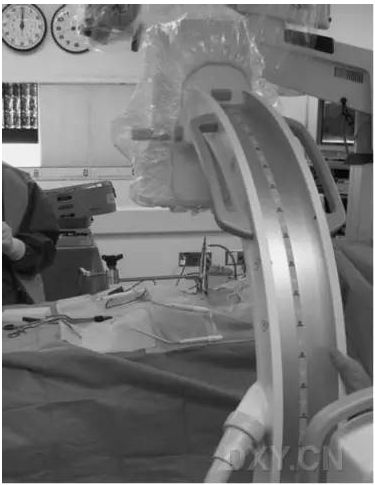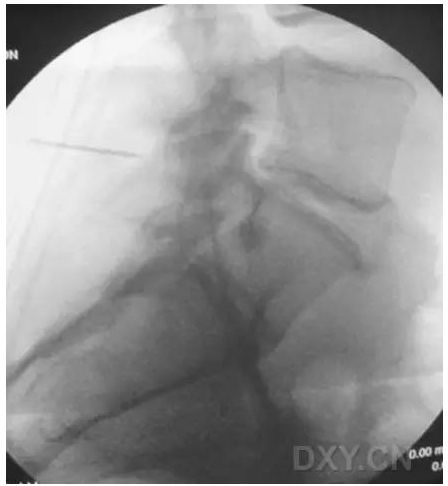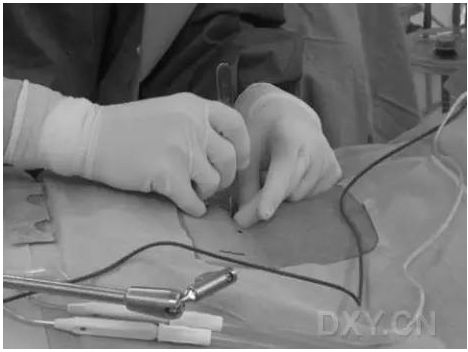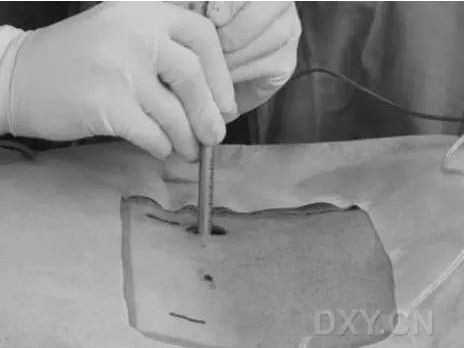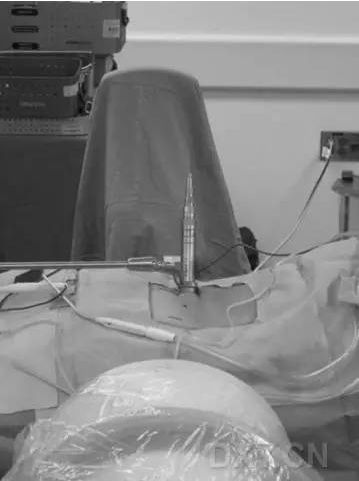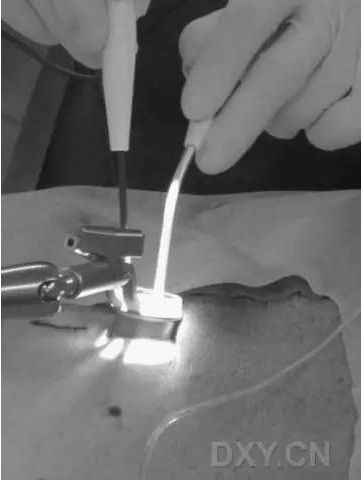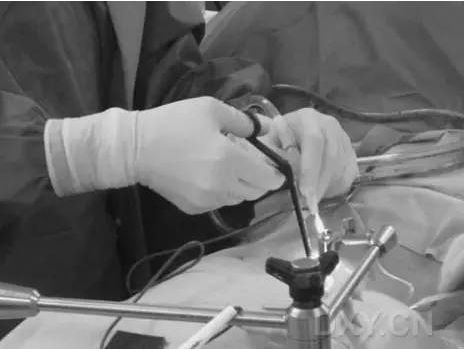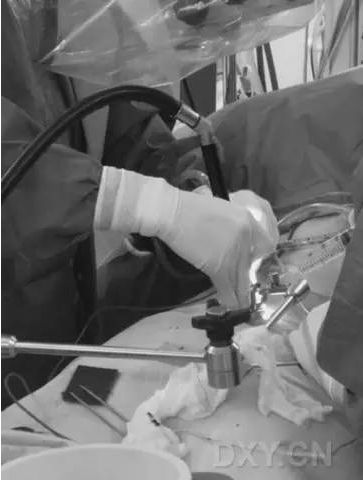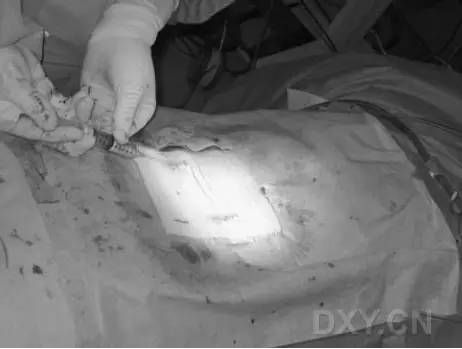Spinal stenosis and disc herniation are the most common causes of lumbar nerve root compression and radiculopathy. Symptoms such as back and leg pain due to this group of disorders can vary greatly, or lack symptoms, or be very severe.
Several studies have shown that surgical decompression when non-surgical treatments are ineffective results in positive therapeutic outcomes. The use of minimally invasive techniques may reduce certain perioperative complications and may shorten the patient’s recovery time compared to traditional open lumbar decompression surgery.
In a recent issue of Tech Orthop, Gandhi et al. from Drexel University College of Medicine provide a detailed description of the use of the Tubular Retraction System in minimally invasive lumbar decompression surgery. The article is highly readable and valuable for learning. The main points of their surgical techniques are briefly described as follows.
Figure 1. The clamps holding the Tubular retraction system are placed on the surgical bed on the same side as the attending surgeon, while the C-arm and the microscope are placed on the most convenient side according to the layout of the room
Figure 2. Fluoroscopic image: the spinal positioning pins are used before making the surgical incision to ensure optimal positioning of the incision.
Figure 3. Parasagittal incision with blue dot marking the midline position.
Figure 4. Gradual expansion of the incision to create the operative channel.
Figure 5. Positioning of the Tubular Retraction System by X-ray fluoroscopy.
Figure 6. Cleaning of the soft tissue after cautery to ensure good visualisation of the bony landmarks.
Figure 7. Removal of protruding disc tissue by application of pituitary biting forceps
Figure. 8. Decompression with a grinder drill: the area is manipulated and water is injected to wash down the bone debris and reduce the extent of thermal damage due to the heat generated by the grinder drill.
Figure 9. Injection of a long-acting local anaesthetic into the incision to reduce postoperative incisional pain.
The authors concluded that the application of the Tubular retraction system for lumbar decompression via minimally invasive techniques has potential advantages over traditional open lumbar decompression surgery. The learning curve is manageable, and most surgeons can progressively complete difficult cases through a process of cadaveric training, shadowing, and hands-on practice.
As the technology continues to mature, surgeons are expected to be able to reduce surgical bleeding, pain, infection rates, and hospital stays through minimally invasive decompression techniques.
Post time: Dec-15-2023





